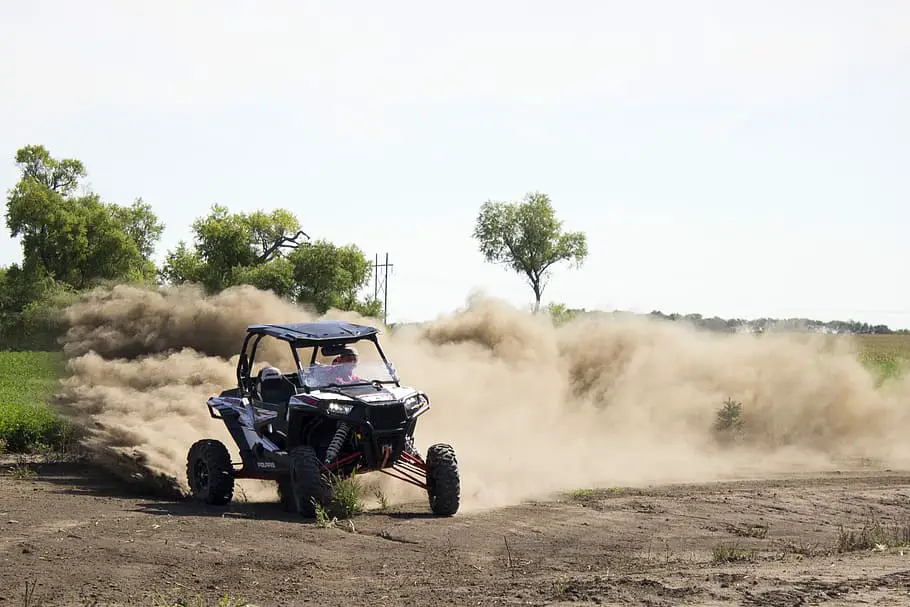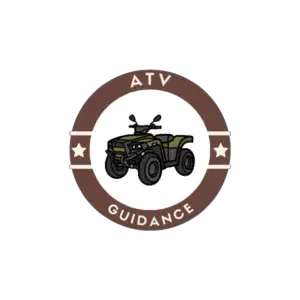
If you’re in the market for an ATV, you might be wondering what the difference is between a side by side ATV and a utility ATV. One major difference is the engine. In this article, we’ll explore the differences between the two types of engines and what that means for your ATV experience.
Introduction
- Definition of ATV
- Why engine type matters
- Overview of side by side ATV and utility ATV
Engine Type and Displacement
- Definition of engine displacement
- Side by side ATV engine type and displacement
- Utility ATV engine type and displacement
Horsepower and Torque
- Definition of horsepower and torque
- Side by side ATV horsepower and torque
- Utility ATV horsepower and torque
Fuel Efficiency
- Side by side ATV fuel efficiency
- Utility ATV fuel efficiency
- Factors affecting fuel efficiency
Power Delivery
- Definition of power delivery
- Side by side ATV power delivery
- Utility ATV power delivery
- Differences in power delivery and how it affects riding experience
Maintenance
- Differences in maintenance between side by side ATV and utility ATV
- Maintenance schedule for each type of ATV
- Maintenance costs for each type of ATV
Purpose and Intended Use
- Differences in purpose and intended use of side by side ATV and utility ATV
- Examples of when to use each type of ATV
- Terrain and trail considerations
Conclusion
- Recap of differences in engine between side by side ATV and utility ATV
- Choosing the right ATV for your needs
FAQs
- Can I use a side by side ATV for work purposes?
- What’s the best type of ATV for off-roading?
- Are utility ATVs more expensive to maintain than side by side ATVs?
- Can I modify the engine of my ATV to increase horsepower?
- How important is fuel efficiency when choosing an ATV?
Introduction
An ATV, or all-terrain vehicle, is a vehicle designed to handle a variety of terrain types, including dirt, sand, and rocky terrain. ATVs come in many different shapes and sizes, including side by side ATVs and utility ATVs. While both types of ATVs can be used for recreational purposes, they each have unique features that make them better suited for certain types of activities.
One major difference between side by side ATVs and utility ATVs is the engine. The engine plays a crucial role in determining how the ATV performs and what it can be used for. In the following sections, we’ll explore the differences between the engines in each type of ATV and what that means for your ATV experience.
Engine Type and Displacement
The engine in an ATV is responsible for generating the power needed to move the vehicle. Engine type and displacement are two key factors that affect an ATV’s performance. Side by side ATVs typically have larger engines than utility ATVs. Side by side ATV engines are typically either liquid-cooled or air-cooled, and range in size from 400cc to 1000cc or more. Utility ATV engines are typically air-cooled, and range in size from 250cc to 700cc.
Engine displacement refers to the volume of air and fuel mixture that the engine can combust in a single cycle. The larger the engine displacement, the more power the engine can produce. Side by side ATV engines have larger displacements than utility ATV engines, which means they are capable of generating more power.
Horsepower and Torque
Horsepower and torque are two measurements that are used to describe an engine’s performance. Horsepower refers to the amount of power an engine can produce, while torque refers to the engine’s twisting force. Side by side ATVs typically have more horsepower and torque than utility ATVs due to their larger engines. Side by side ATVs can produce up to 100 horsepower or more, while utility ATVs typically produce between 20 and 50 horsepower. The higher horsepower and torque of side by side ATVs make them better suited for activities that require more power, such as towing or hauling heavy loads.
Fuel Efficiency
Fuel efficiency is an important consideration when choosing an ATV. Side by side ATVs tend to be less fuel-efficient than utility ATVs due to their larger engines and heavier weight. However, advances in engine technology have improved the fuel efficiency of side by side ATVs in recent years. Utility ATVs are typically more fuel-efficient, thanks to their smaller engines and lighter weight.
Factors that affect fuel efficiency include terrain, riding style, and maintenance. Riding on rough terrain or at high speeds can decrease fuel efficiency, as can neglecting to maintain your ATV.
Power Delivery
Power delivery refers to how an engine delivers power to the wheels. Side by side ATVs typically have a more aggressive power delivery, which means they accelerate faster and can reach higher speeds than utility ATVs. Utility ATVs, on the other hand, have a smoother power delivery, which makes them better suited for tasks that require more control, such as plowing snow or hauling cargo.
Maintenance
Maintenance is an important consideration when choosing an ATV. Side by side ATVs tend to require more maintenance than utility ATVs due to their larger engines and more complex components. Maintenance tasks for both types of ATVs include oil changes, air filter replacement, and tire maintenance. However, side by side ATVs may also require more frequent engine maintenance, such as valve adjustments and coolant changes.
The cost of maintenance for each type of ATV can vary depending on factors such as the age of the ATV, the frequency of use, and the cost of replacement parts. Generally speaking, side by side ATVs tend to be more expensive to maintain than utility ATVs due to their larger engines and more complex components.
Purpose and Intended Use
The purpose and intended use of your ATV should also factor into your decision when choosing between a side by side ATV and a utility ATV. Side by side ATVs are typically better suited for recreational activities such as trail riding, racing, and exploring. They are also better suited for activities that require more power, such as towing or hauling heavy loads.
Utility ATVs, on the other hand, are designed for work purposes such as plowing snow, hauling cargo, and farming. They are typically more maneuverable than side by side ATVs, which makes them better suited for tight spaces and narrow trails.
Conclusion
The engine is a crucial component of any ATV, and understanding the differences between the engines in side by side ATVs and utility ATVs can help you choose the right ATV for your needs. Side by side ATVs have larger engines and produce more power, making them better suited for recreational activities and tasks that require more power. Utility ATVs have smaller engines and are more fuel-efficient, making them better suited for work purposes and tasks that require more control.
FAQs
- Can I use a side by side ATV for work purposes?
- Yes, side by side ATVs can be used for work purposes, but they are better suited for recreational activities.
- What’s the best type of ATV for off-roading?
- Side by side ATVs are typically better suited for off-roading due to their larger engines and aggressive power delivery.
- Are utility ATVs more expensive to maintain than side by side ATVs?
- No, generally speaking, side by side ATVs tend to be more expensive to maintain than utility ATVs due to their larger engines and more complex
